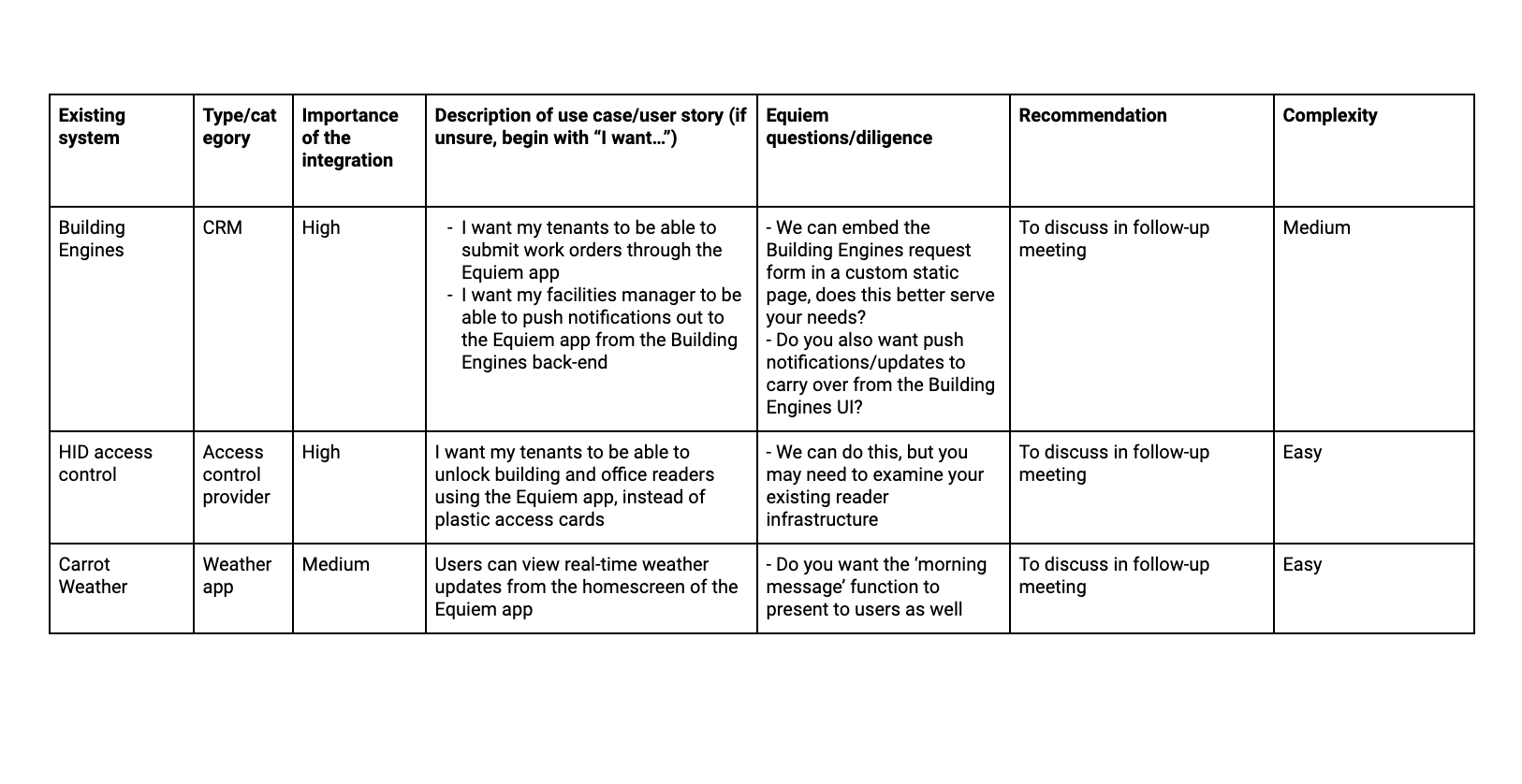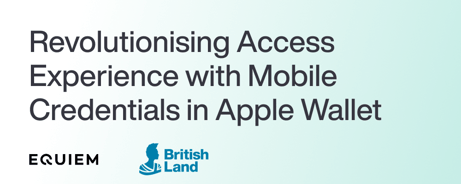COVID-19 has forced CRE to reexamine its technological capabilities in preparation for an uncertain future. When it comes to tenant experience, landlords are looking for a solution that fits, as seamlessly as possible, into their already disparate systems.
In its 2020 report How commercial real estate firms use technology to secure a future, Ernst & Young asserts that commercial real estate companies are investigating newer and deeper solutions to prepare for the future of the office. However, there remains a gap between research and actual technological adoption. "35% [of respondents] are still piloting, evaluating or assessing the market," EY reports.
Why the lag in adoption? Competing priorities, adherence to the status quo, and interestingly, a lack of confidence in "technology companies, viewed by many as too fragmented to provide integrated soup-to-nuts solutions". The widespread lack of these integrated solutions is one of the biggest barriers to adoption: "58% say new systems don't integrate easily into existing infrastructure and processes."
The tenant experience technology space is contending, right now, with this issue of perception. Our recent analysis of tenant experience RFPs found that there are 28 different systems with which landlords expect their ideal platform to integrate. The list includes:
- Operations systems like Building Engines
- Visitor management systems like Sine and Envoy
- Access management systems like HID
- Weather and social media apps
- Food delivery apps like UberEats and DoorDash
- Building Management Systems like Schneider and StruxureWare
As you can see, these requests represent a vast range of categories and industries. Each one, conceivably, has the potential to offer value to tenants and building management teams. But in RFPs, that value is often not explored or qualified. Most often, the request is summarised as: "Tenant experience platform must integrate with UberEats." Given the complexity of both systems, the word "integrate" as a lone verb, does not tell a developer what they should do.
This is no one's fault. Discovery should occur between customer and provider to build out the scope of the required integration — and it is the responsibility of the tenant experience provider to lead this discussion — but providers are often chosen before such diligence can take place. You might select a tenant experience platform based on a promise like "yes, we can integrate with UberEats‚" only to find that your definition is beyond the capability of the platform and provider you have chosen. This issue is echoed by one EY survey respondent, an Australian technology provider: "Decision makers are drowning in a hail of silver bullets. This is driving some scepticism."
Tenant Experience: A matter of definition
So while it is generally true that systems don't integrate easily, the difficulty (at least in our field) is exacerbated by competing, or undercooked, conceptions of what a given integration should do. Furthermore, there is little commonality about what the word integration means. Some use it in its traditional data-centric context (e.g. I want to ingest tenant experience platform data into my Salesforce system); while others use it to mean a coalescence of the customer-facing UIs of two different products (e.g. I want UberEats to be a seamless part of my tenant experience app). Others still define an integration as simply being a link bridging two apps or interfaces (e.g. I want users to be able to visit my external firm website from my tenant experience app). Then, of course, there is the standard API usage (e.g. I want users to be able to add events they join on my tenant experience app to their Google calendar).
To help with future-preparedness and adoption, the discussion around integrations, and their associated capabilities, should be placed in a user context. Rather than talk in the abstract about the necessity for Salesforce to integrate with a tenant experience platform — an approach bound, in our experience, to produce suboptimal outcomes — we should instead tease out the ideal use cases to determine the purpose and scope of such an integration. That way, both parties are making informed decisions about what they want from their tech, and the integrations of which their tech is capable. This requires an unavoidable investment of time and effort; put simply, when it comes to integrations, phrases like "off the shelf" or "out of the box" do not apply, prevalent in marketing copy though they may be.
A helpful guide to discover and qualify the integrations you need
A good tenant experience platform solution should be able to talk to and work with other systems and applications, passing information and data back and forth in service of good customer experience. A good tenant experience provider should be able to help a landlord figure out its technology needs, even those which are not based in integrated systems.
We strive to work this detail out with prospective clients as early on in the process as possible. With the benefit of experience, we have developed a simple process for evaluating the cost, benefit, and viability of integrations. Initial discovery sessions are spent laying out the primary integratable systems and the associated use cases. Once fully explored, these use cases produce one of three responses:
- Yes, we can do this
- No, we cannot do this
- Maybe we don't need to do this after all
Once "I want my platform to integrate with UberEats" becomes "I want my users to be able to order food and drinks from onsite retailers" we can more accurately prescribe a scope of work — for example, we no longer need (and thus no longer need to account for) certain functions of the UberEats app, like Uber Rewards. Often, detailed use cases present alternative solutions. In this case, if the landlord wants only a mechanism for food and beverage ordering, we might recommend our own proprietary e-commerce platform in favour of a build which is bound to be costly and time-consuming for all parties.
The table laid out below is a great starting point for defining, describing, and prioritising the integrations you require based on your desired user experience. If you take this preliminary information to your ideal tenant experience provider, you will save yourself a considerable amount of time.

Integrations are, by their nature, not easy to scope or develop. But by thinking from the perspective of the end user, we can build better, more unified systems with the efficiency required to be adaptable in the new world of CRE.



